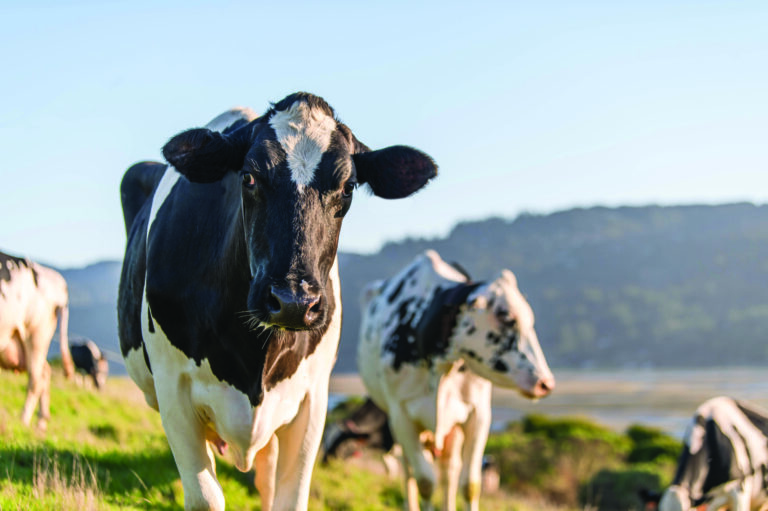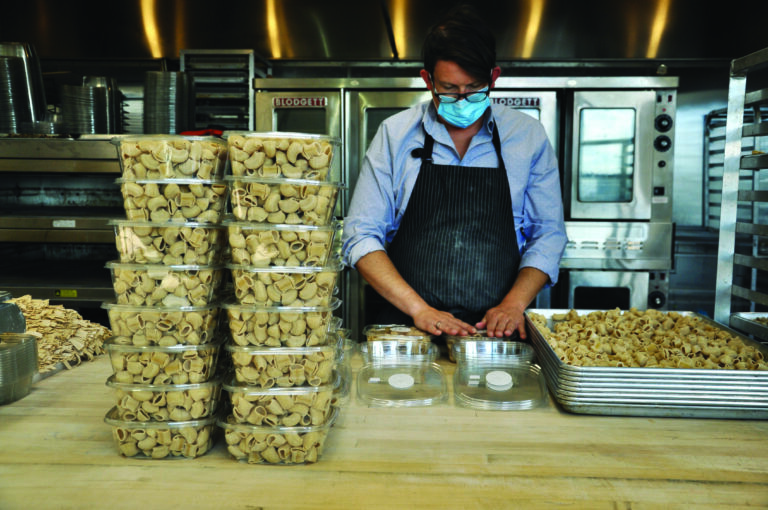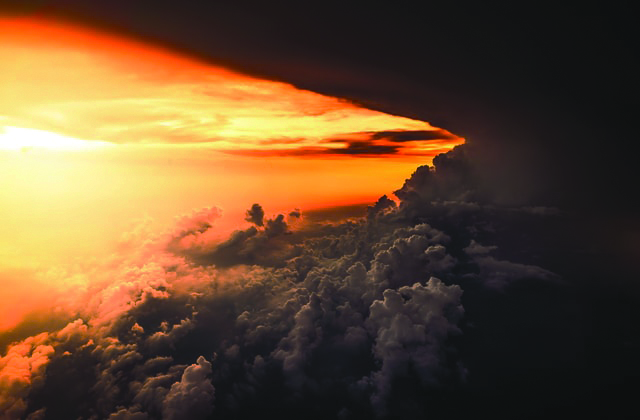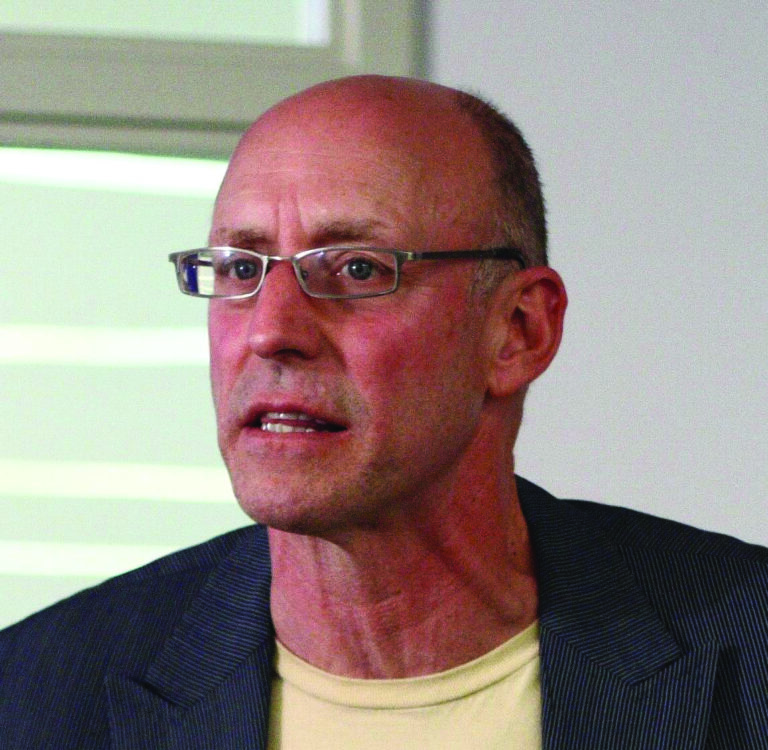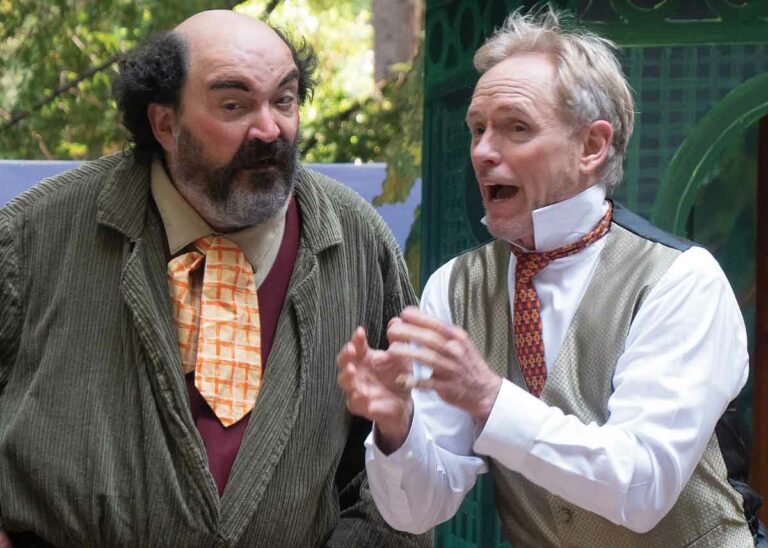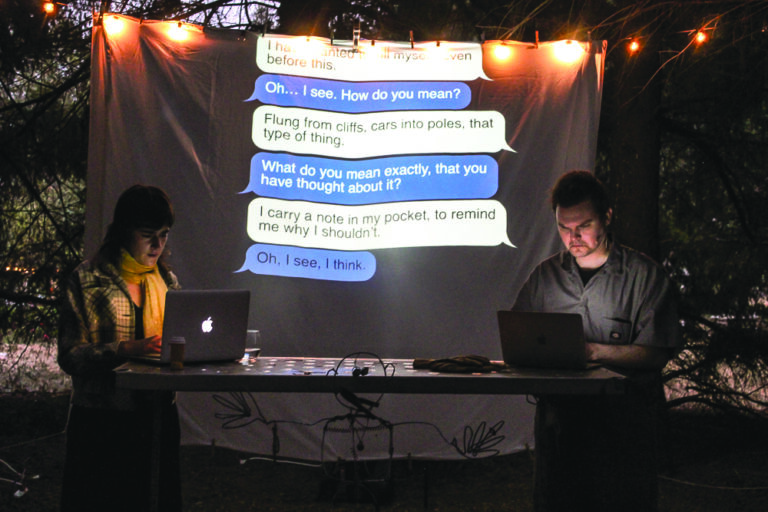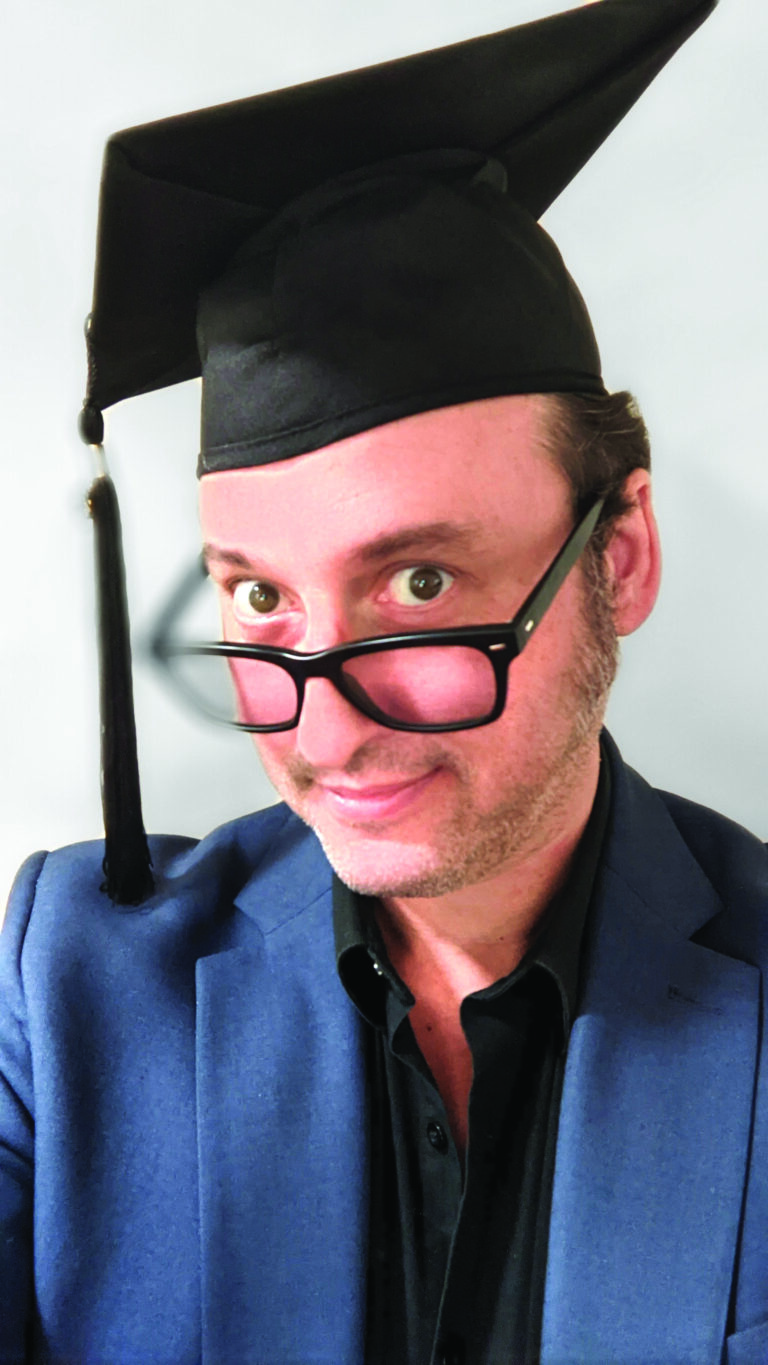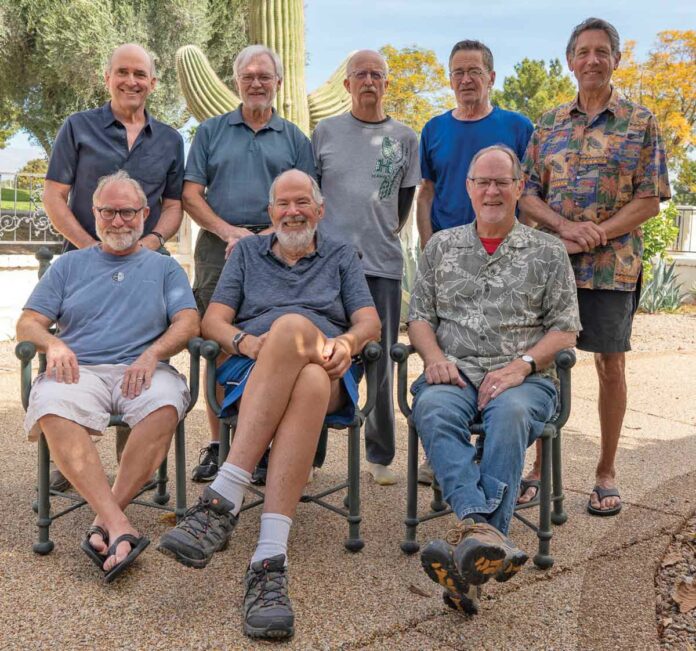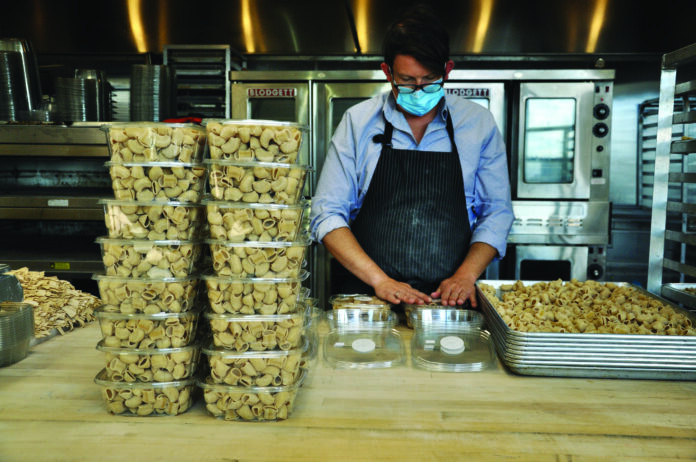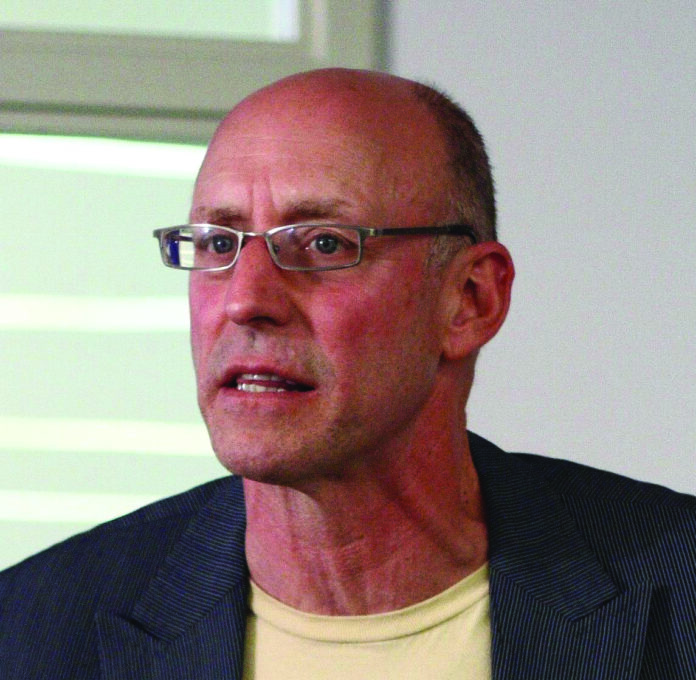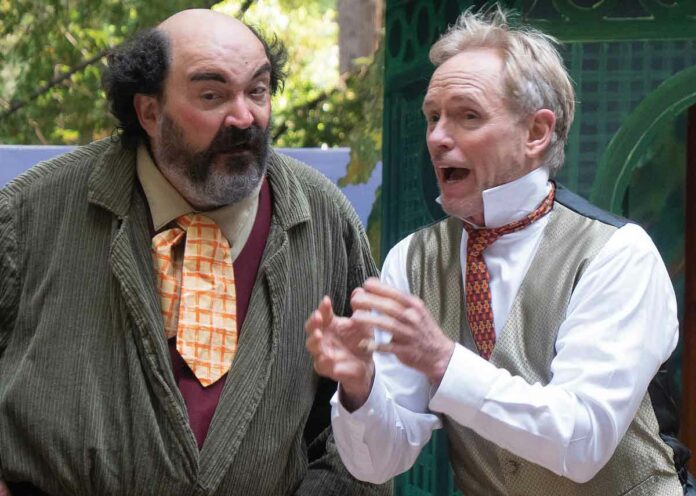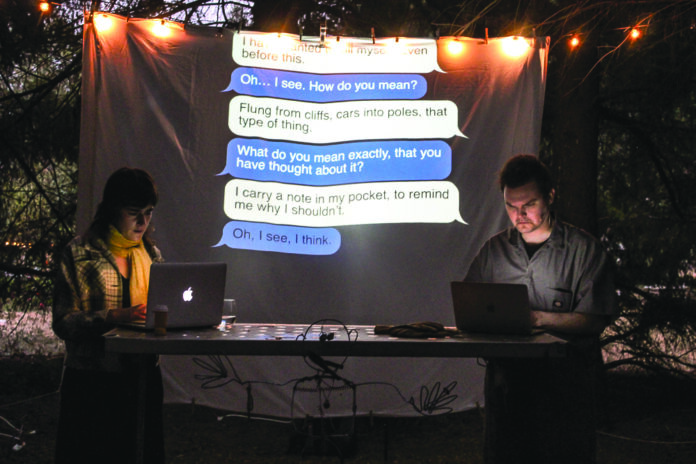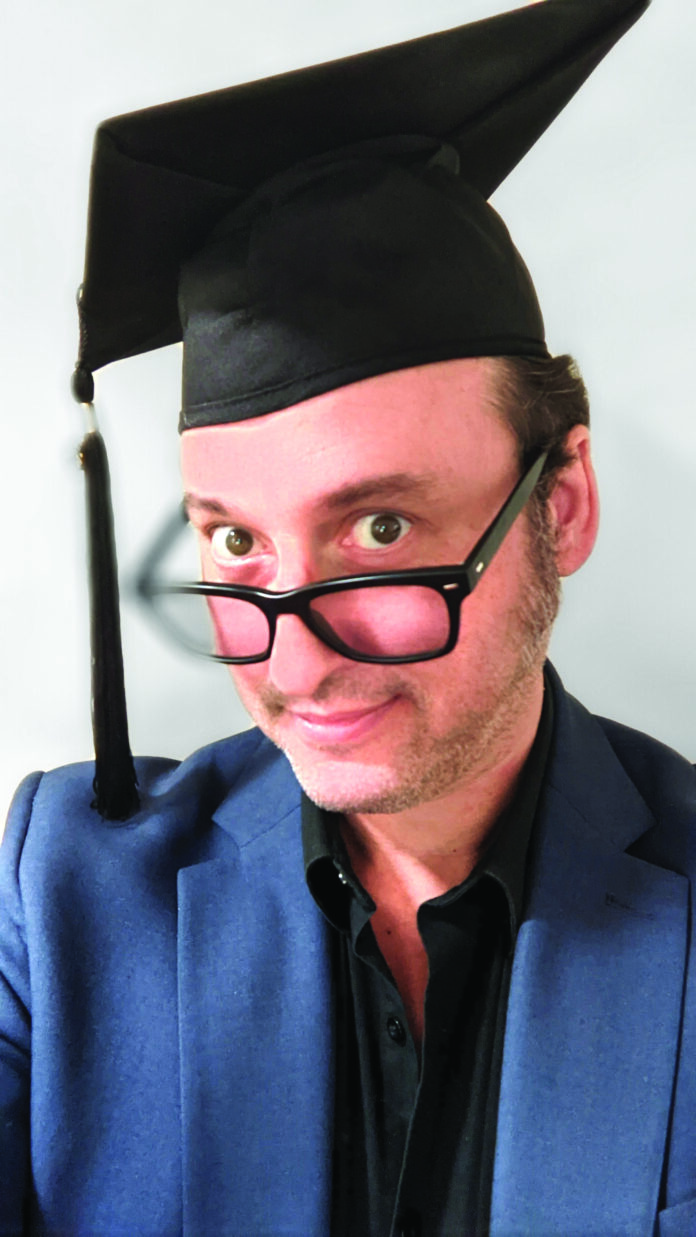In 2020, the Point Reyes Farmstead Cheese Company celebrated its 20th anniversary. Long based in Point Reyes Station, the artisan cheese business opened a second creamery in Petaluma in 2018 to meet growing demand.
Last week, the Bohemian/Pacific Sun interviewed Lynn Giacomini Stray, a co-owner of the company, about the challenges of the past year—and the foreseeable future.
Indeed, between the Covid-19 pandemic, the worsening drought and ongoing debate about the future of agricultural leases at the Point Reyes National Seashore, this has been a historic few years for North Bay dairies. Struggling with a lack of water, dairies have started to truck in water from nearby cities or water districts—a practice which might prove prohibitively expensive for businesses in the long run.
Meanwhile, the debate over the future of the Point Reyes National Seashore continues to rage. Currently, the federal government, through the National Park Service, leases about one-third of the 71,000-acre public park to ranchers and dairies. Park administrators have delayed their decision on an Environmental Impact Statement which will determine whether agriculture stays long-term and, if it does stay, in what form.
The current drought has worsened the conditions for the Tule Elk which occupy part of the park. While dairy businesses throughout the North Bay have started to truck in water as needed, the National Park Service, which manages the Seashore, only recently installed water troughs for the elk in one area of the park.
Recent reporting for the Bohemian/Pacific Sun by Peter Byrne shows that over 150 elk have died in the past year due to a lack of nutrients—worsened by the drought—and crucial minerals in the areas where the elk herd live. On Saturday, Aug. 27, activists hiked into Tomales Point with about 100 gallons of water to give to the struggling herd of elk.
Although “Point Reyes” is in the company’s name and the Giacomini family, one of the North Bay’s historic dairy families, has leased park land in the past, Giacomini Stray says the company does not currently use any park land for its operations. Still, Giacomini Stray does support continuing leasing park land to dairy and ranching operations. “We do not operate a dairy in the park, but we fully support agriculture in the park,” Giacomini Stray told the Bohemian/Pacific Sun.
Here’s our interview. It has been edited for length and clarity.
Q: What have the impacts of the Covid-19 pandemic been on your business?
A: It’s been a huge impact. We sold a lot of our products to restaurants and hotels and food service. So when the pandemic hit, they closed; all of the restaurants and hotels and travel instantly stopped. And so our business decreased about 50%, initially. It is obviously starting to come back as things open up. But, as you know, with Covid closures the percentage of businesses that have been affected has gone up and down.
Labor has been another issue for everybody across the food industry and manufacturing. We were really hit initially with having to do a lot of layoffs. We have since hired back the same number of people that we had to lay off initially because of the decrease in business. So that’s been good. But we are still very much affected by the decrease in business from the food service industry. That has not fully come back. Nor has business travel or pleasure travel returned to pre-Covid numbers.
Q: How much of your business comes from your location in Point Reyes Station?
A: Consumer habits have changed, and people are buying at retail stores more instead of going out to eat. As a result, our business model has shifted to more retail sales nationwide. But a lot of Bay Area locals know us for The Fork, the culinary center on our farm. That is an educational center where we would have different value-added programs, including classes, wine-and-cheese pairings and educational tours of the farm. That shuttered back in March of 2020. When everything closed down, we had to close down The Fork. We just reopened that in June, with new Covid policies to make sure that everybody stays safe. Currently, The Fork is open by appointment on Friday and Saturday for two tastings each day.
Q: How has the drought impacted your business?
A: We milk about 400 cows, and they need about 40 gallons of water a day per cow. So the drought has drastically affected the dairy side of our business. We are hauling water, that’s an additional expense. Another reason why we have limited our tastings to the public at The Fork to only two days a week—we used to be open five days a week—was because of the water usage for that. So we really downsized everything because of the drought.
We’ve also added additional water reclamation programs in the past year, but sustainable agriculture programs have been a focus of ours for the past decade. We’ve been in and out of drought, but this is the most dramatic we’ve seen. Climate change is something that’s going to be around for a long time, and we’re trying to adapt to that.
Q: What do you think will happen if the drought continues to drag on?
A: Well, I think it’s definitely going to impact the dairy industry. There are agencies that help out agriculture with farm services. The county of Marin is offering agriculture with cost-sharing programs for water resources. That’s a huge help for us. Having said that, if this continues, in year two, dairies are going to have to look at potentially downsizing their herd. Because it’s a lot of money that we’re putting in upfront to haul water. This is the new normal, that we’re going to have to find ways to increase our water-reclamation programs. I think this is a bigger problem beyond even agriculture, it’s the residents. Everybody’s been asked to decrease the water consumption by 20–25%. We’re no different, it’s just that we have a lot more water needs than residents, but everybody is responsible. Everybody needs to find new ways to conserve water.

